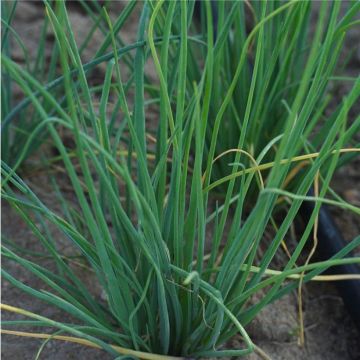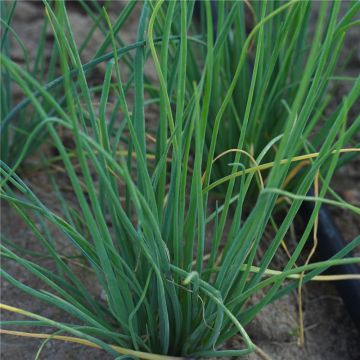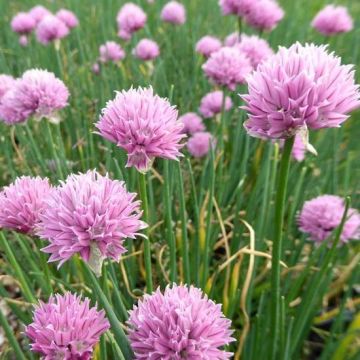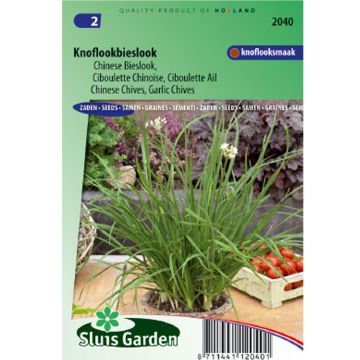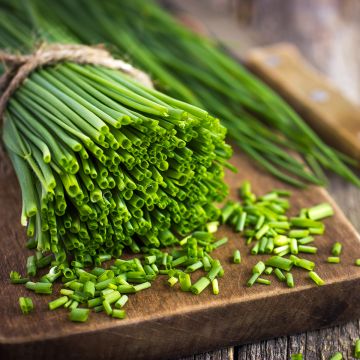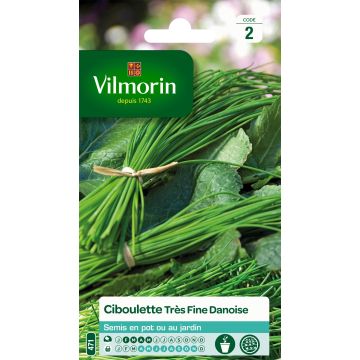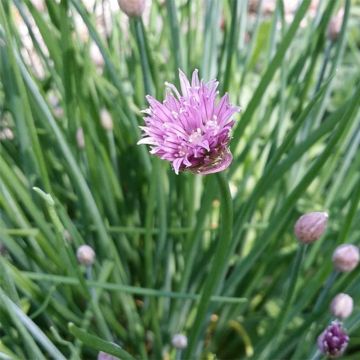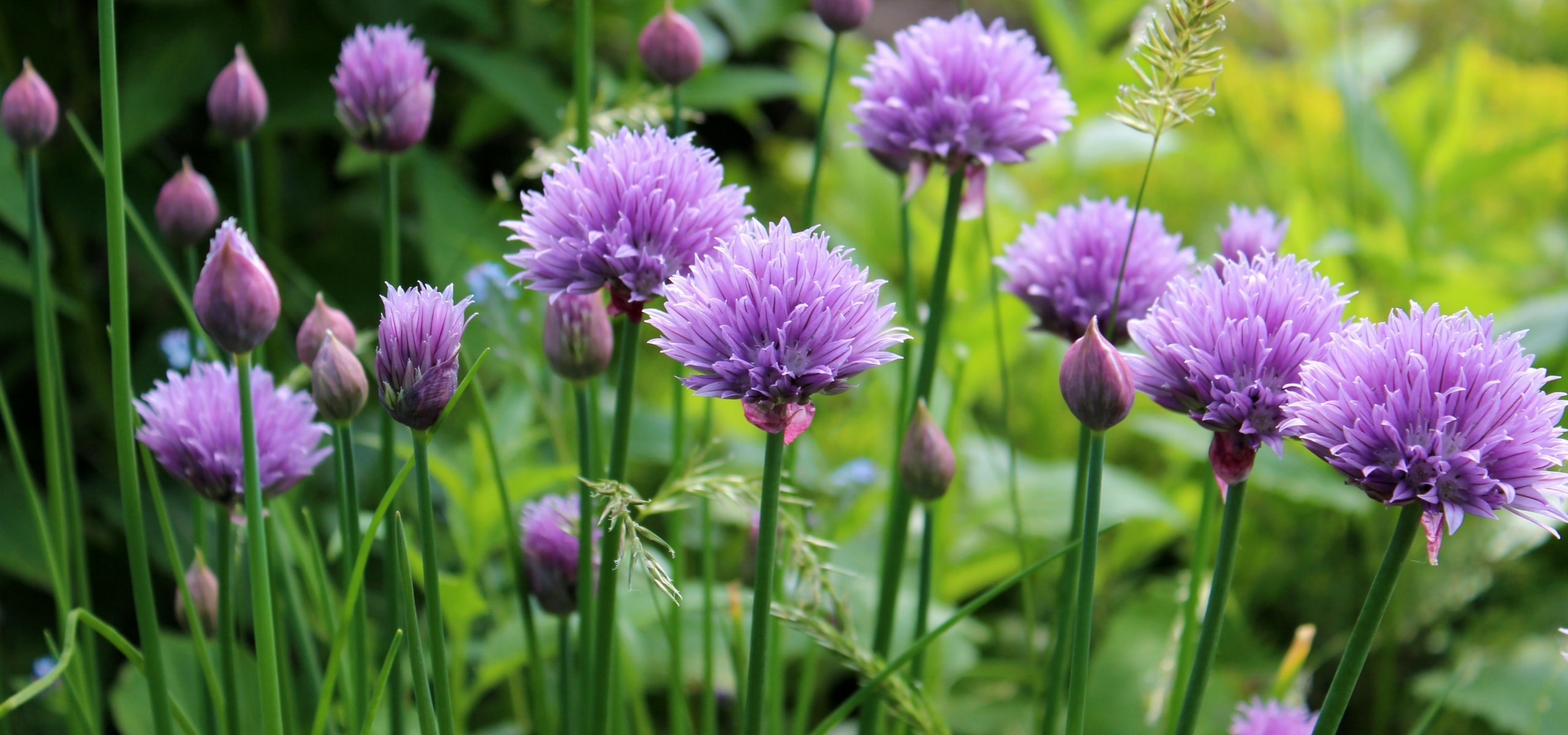
Succeed in multiplying your chives
In a few simple steps
Contents
Chives are a tasty perennial aromatic plant, valued for their fine foliage and delicately garlicky flavour. Over time, they can become too dense, which slows their growth. Fortunately, they are easy to multiply by dividing the clumps, a simple and quick method that can be done in spring or autumn. This technique not only provides instant new young plants but also regenerates the stumps to ensure abundant and vigorous harvests year after year. Follow our tips to successfully divide your chives and make the most of them!
And to learn everything about chives and succeed in their cultivation, check our sheet: Chives: planting, sowing, dividing.
When to divide chives?
Divide your chives in spring, ideally between March and May, or in autumn, from September to October. This operation is recommended every three to four years, when the clumps become too dense or less vigorous. Choose a mild, frost-free day to facilitate recovery. In addition to revitalising the plant, division also allows you to multiply your chive plants to use elsewhere in the garden or share with friends!
Read also
Sowing of aromatic plantsHow to divide chives?
- Equip yourself with a spade and gently circle the clump by driving the tool all around the tuft.
- Then carefully lift the stump to remove it in one piece.
- Gently shake to free the roots from excess soil.
- By hand or with a sharp knife, divide the stump into several pieces, each containing 5 to 10 shoots and a good root network. Be careful not to damage the fine roots to ensure optimal recovery.
- Replant immediately the pieces in well-loosened soil free of stones, roots, and weeds. The recovery of your chives will be better if your soil is rich (add well-matured potting soil or compost), but well-drained (add gravel and sand if the soil is heavy). Don’t hesitate to add a handful of compost at planting.
- Space the pieces about 30 cm apart and plant without burying the collar, in a sunny spot, or in a container.
- Firm the soil and water generously to ensure recovery.
Discover other Chives
View all →Available in 1 sizes
Available in 1 sizes
Available in 2 sizes
Available in 1 sizes
Available in 1 sizes
Available in 1 sizes
Available in 1 sizes
Available in 1 sizes
Available in 1 sizes
Available in 1 sizes
How to care for chives after dividing them?
Caring for chives is quite simple and requires little effort. Remember to water regularly, especially during hot periods, to keep the soil cool without over-saturating it. A light mulch can be helpful to retain moisture and reduce the need for watering.
To encourage good regrowth, it is advisable to cut the leaves as needed. Flowering, although beautiful and appreciated by pollinators, can slow down the production of new shoots. If you prefer the leaves, be sure to remove the flowers as soon as they appear.
Adding compost or organic fertiliser once or twice a year helps to revitalise the plant and ensure good growth. It is also important to weed regularly around the plants to prevent chives from suffering from competition with weeds.
In winter, chives enter dormancy and temporarily disappear. In cold regions, mulching can protect the stump from frost and promote a good restart in spring. In pots, it is possible to bring them indoors to extend the harvest. Finally, to prevent the plant from becoming exhausted, remember to divide the clump every three to four years to regenerate it and multiply your young plants.
- Subscribe!
- Contents
































